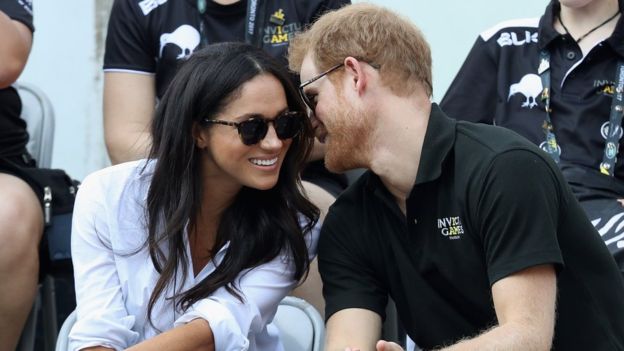Announced on Monday, Prince Harry’s marriage to American actress Meghan Markle will take place next spring from the Northern Hemisphere and may have the same effect as when Prince William married Kate Middleton in 2011.
According to a study by Visit Britain, the British government’s tourism promotion body, the latest royal wedding has injected $ 3.3 billion ($ 9.7 billion) into the country’s economy at that time.
This includes increased movement in hotels and bars thanks to the greater number of tourists: in April 2011, an additional 350,000 people visited the country compared to the same month of 2010.
Some studies estimate that the sale of souvenirs related to the event, from tablecloths to pens and ashtrays with photos of the royal couple, generated more than US $ 1 billion (R $ 3.2 billion).
So it’s obviously a good thing for business, right? Yes and no.
Much of this will depend on how the British government will handle the occasion. According to the Confederation of British Industries, the decision to create a national holiday to celebrate the 2011 wedding canceled much of the economic benefits generated by the marriage.
The organization estimates that each day not worked in the country costs more than $ 8 billion. Therefore, the effects on the economy of such an event can be quite varied.
For now, however, “there is no plan” to make the wedding day a holiday, a spokesman for the British government said on Monday.
It is also important to take into account that a ceremony of this type may be more complex to organize than the marriage of a regular celebrity.
The final bill to mark the marriage of Kate and William, according to the government, was $ 21.5 million, which includes costs for street safety and cleanliness.
Almost 70 percent of this was paid by the British taxpayer, but that does not seem to be a problem in a nation where support to the British royal family exceeds 65 percent, according to the latest surveys.
Some economists still point out that the impacts go beyond the actual wedding day.
The tradition of wearing white dresses, for example, began with Queen Victoria in 1840 and is now at the center of a $ 56 billion industry.
Drapers, a fashion magazine, says Kate Middleton’s decision to wear an Alexander McQueen dress contributed to a 33 percent increase in company profits in 2011.
And you can not forget about tourism. A survey by Brand Finance estimates that the real family will spend $ 734 million a year in this industry.
Source: BBC

